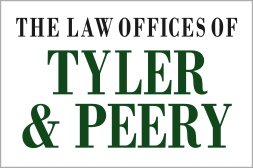In a perfect world, everyone would enjoy good health all the time and there would be no need to take medicine. But sometimes we have to depend upon medications to treat conditions or ailments. When this is the case, we must trust that the medicines we take are safe. So what processes are in place to help ensure our safety?
To help keep defective drugs from reaching patients, the U.S. Food and Drug Administration’s Center for Drug Evaluation and Research evaluates medicines.
Prior to marketing a drug in the U.S., a company must have it tested. After testing the drug, the company then sends the CDER test results that prove the drug’s safety and effectiveness in performing its intended purpose. The information provided by the company is reviewed by a CDER team of pharmacologists, physicians, chemists and other scientists.
A drug may be put on the market after it is determined by the review that its known risks are outweighed by its health benefits. It is important to understand that the CDER does not conduct tests on drugs. Rather, it engages in research as to the standards of drug effectiveness, safety and quality.
The system employed by the CDER is designed to keep us from being harmed by defective or dangerous drugs. But no researching procedure can be completely effective if the information used is somehow flawed. If a company chooses to submit faulty or questionable test results, which indicate a potentially dangerous drug is safe, then that drug could be made available to patients.
A defective drug could cause a patient to suffer serious side effects. These negative effects may even prove fatal. If you or a loved one are ever harmed by a drug brought to market by a negligent drug manufacturer, a Texas defective drug attorney could be of service when seeking to prove liability.
